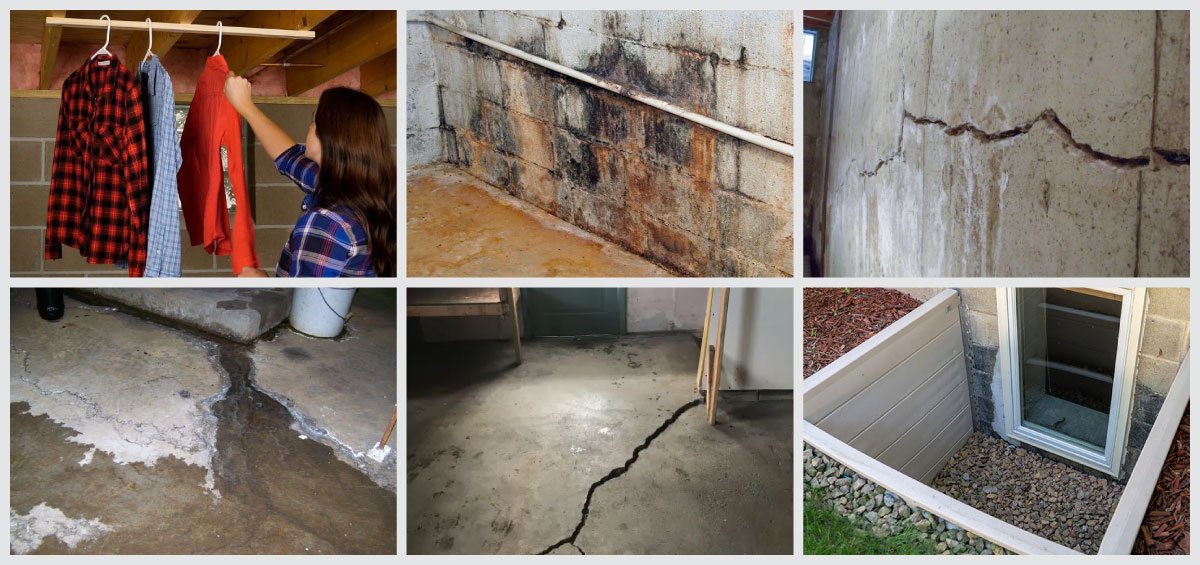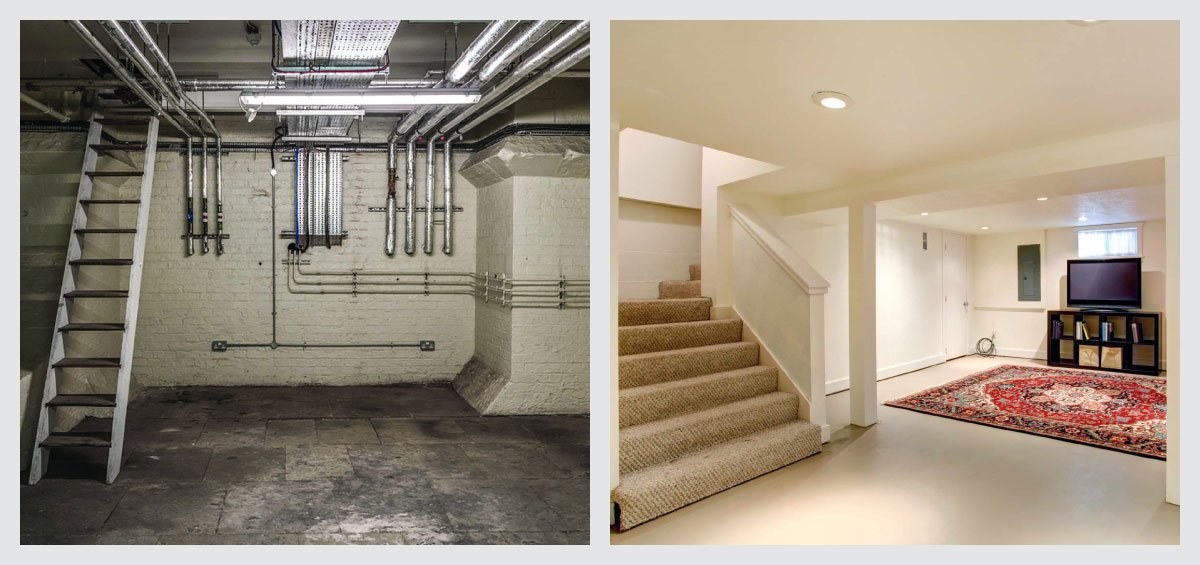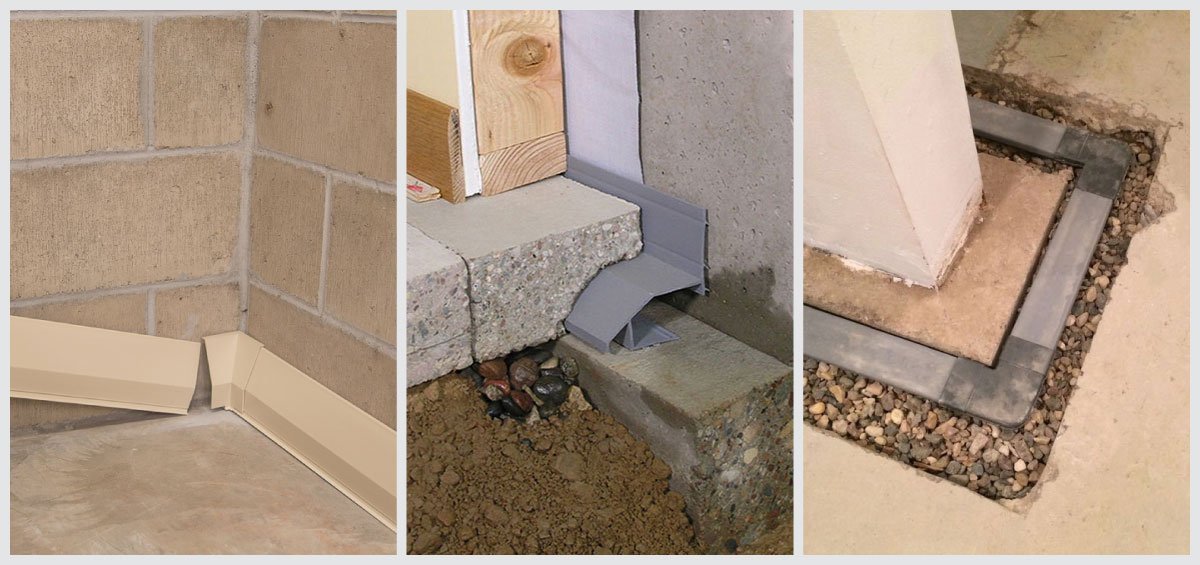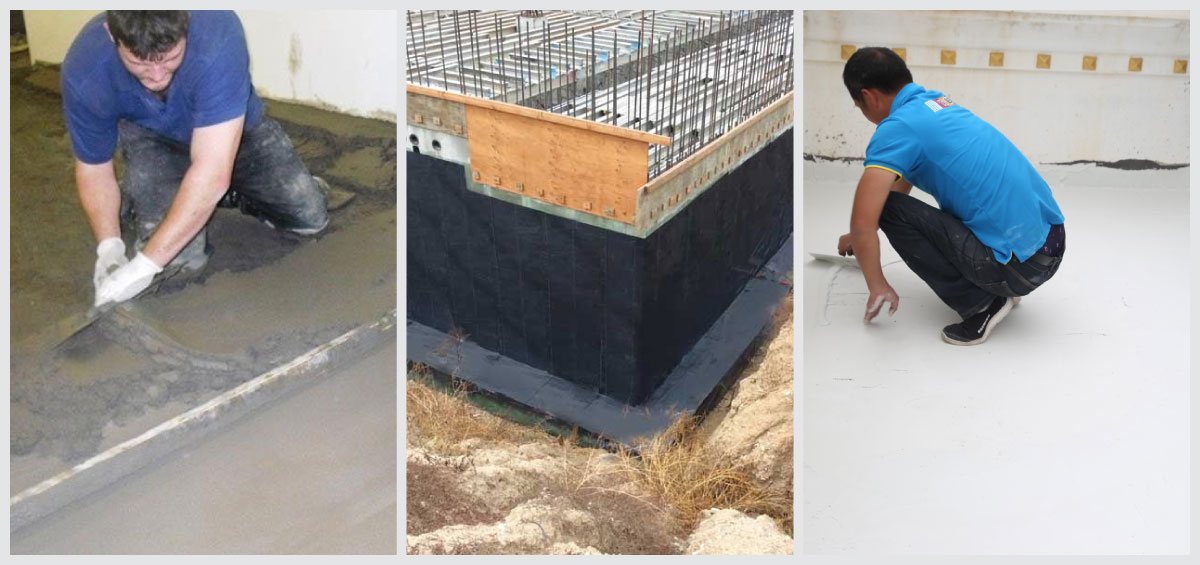Basement Waterproofing
Basement waterproofing is the universal premise of one’s house. It not only serves to ensure the structural stability of the building but is also used in many different ways. Basement is that part of the building that is partially or completely situated below the ground level. Basements can be used for many things. It is the portion of the house where you can make your wishes and need come true. You can turn it into a gym, home theatre, an entertaining area with a Bose sound system, storage place, to keep your 50″ T.V. and so on. Basements provide both privacy and space. Your lovely basement can fall sick and can emit a foul smell every time you open the door. Research says most of the basement has moisture problems.
Water in the basement is a major worry for every homeowner. A wet basement is a health hazard as it encourages the growth of toxic mold. Waterproofing the basement is the only sure way of keeping it dry. However, this is a big job and should not be taken lightly. A notable concern among many homeowners is how to avoid moisture or water in the basement. A wet basement does not just affect the area itself; it can also impact the foundation, walls, and support beams of the structure. If mold and mildew develop, it can lead to serious health problems. The cost of waterproofing a basement usually depends on a number of factors. Therefore, in this blog, we will give you different options and methods of basement waterproofing so that you can choose the best.

The first and foremost thing to do is figure out the source of the problem.
Common causes of excess moisture intrusion can take place from:
- Improperly installed or missing downpipes and gutters
- Interior activities such as drying large amounts of laundry
- Leaking water pipes and wall cracks
- Cracked foundations
- Improperly graded slopes around your house
- Groundwater
- Badly designed window wells
- Condensation
- Seepage through the joint where the floor and walls meet
Once the cause of the moisture intrusion is determined, you will be in a better position to estimate the cost of waterproofing your basement. This is dependent on:

Foundation Depth
Working on a deep foundation from the outside requires more labor as more excavation has to be done. Typically, foundations are excavated four feet below the frost line and have window wells when they are deeper than that for ease of access. Generally speaking, the deeper the foundation the greater the costs of waterproofing your basement.
The size of the basement and existing layout
Basement size needs to be considered to calculate the cost of waterproofing your basement. To work out the size, the general method used by home repair experts is the cost of drainage based on linear footage.
Where You Live
The location of your home can impact the cost significantly, with wetter climates generally being more expensive to waterproof. The geography surrounding the home and its altitude can also play a role. Labour costs can also vary across different cities. It is important to find a professional waterproofing expert in your location.
Waterproofing
You can damp proof from the inside or waterproof from the outside. Quick fixes like applying a sealant to stop basement leaks may cost less than extensive long-term solutions like digging a drainage trench around the building but generally, do not last.
Now let’s come to the solutions available.

The 3 interior waterproofing options:
- Above floor baseboard channels: An above floor baseboard channel doesn’t require busting up your basement floor, which makes a do-it-yourself system friendly. Many contractors install these systems in monolithic basements, which means the basement walls and footing are one. You do not want to bust up a monolithic basement floor. Above the floor, baseboard channels are a very effective option (and affordable) and will dry up a basement whose water source is through the cold joint.
- Footer drainage systems: A favorite among contractors because it requires less labour than old-fashioned pipe and gravel and is extremely effective. Footer drainage systems require busting up your basement floor to expose the footing, and then a drainage channel is placed on top of the concrete footing around the perimeter of the basement draining into a sump pump system. A benefit to this type of system is it is not sitting in any dirt or soil that could clog the system.
- Subfloor drain tile systems:These are industry standards in basement waterproofing. These systems vary in sophistication and effectiveness. Old-fashioned pipe and gravel are very cheap in material costs but expensive in labour costs as you need to bust up and dig a very large, deep trench in a basement floor for it to be effective. Old-fashioned pipe and gravel is an effective system, but it has its drawbacks. These systems frequently get clogged because they are sitting in the dirt. They need a good deal of pitch and a lot of water in them to create flow. An old-fashioned drain tile job would likely take 2 to 4 days and would cost several thousand dollars (mostly paying for labor). Similarly, in the academic field, dealing with complex and time-consuming projects can also be streamlined with expert help. This is where ghostwriter österreich comes into play, offering assistance in academic work to enhance effectiveness and efficiency. The basement waterproofing industry has evolved greatly over the past few decades in the development of hybrid basement waterproofing systems that are more effective with water flow than old-fashioned pipe and gravel, and require a lot less labour. Many of these new systems come with inspection ports, giving you access to the system after its been installed to flush the system out if needed.

The 3 exterior waterproofing options:
- Cementitious Waterproofing: Cementitious waterproofing your basement costs around Rs 30 per square foot for the cement and professional labor. Cement waterproofing also works great for patching cracks or sealing a crawl space. A cement solution is a thick, durable coating that is easy to apply, provides a smooth look, and can be painted on.
- Foundation Waterproofing Membrane: A more costly solution than a cementitious coating is a waterproofing membrane; however, it will be much more powerful. Installation of a membrane requires excavating and adding drainage panels to block the water from seeping in completely. A liquid membrane is more effective because there are no seams between panels that could leak.
- Liquid Waterproofing Membrane: A liquid waterproofing membrane costs Rs 45 to Rs 60 per square foot to apply crystalline or elastomeric membrane, with 2 to 3 coats being the norm. The membrane keeps water from going through the walls to the inside of the basement and is available in different grades. The only downside of this is that it might be applied thicker in some parts and thinner in others unless you hire an application expert. Each manufacturer has specific instructions for waterproofing joints, holes, etc.
Please note that exact costing can only be said after a site visit is carried out. Since we specialize in damp and waterproofing, we are always there to lend a helping hand. We will evaluate everything and suggest the best method for a Healthy Home.
Healthy Homes with its expert and experienced technical team can assess and repair external walls. Give us a call today on 1800-419-4647.


